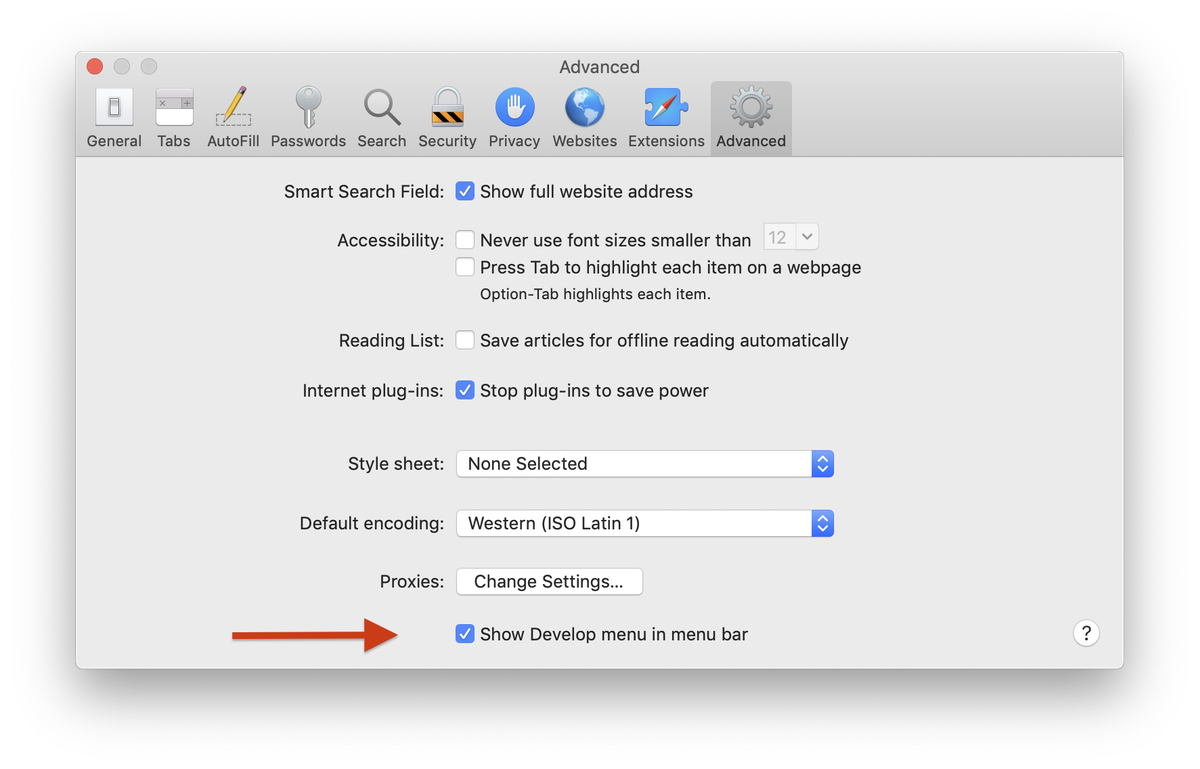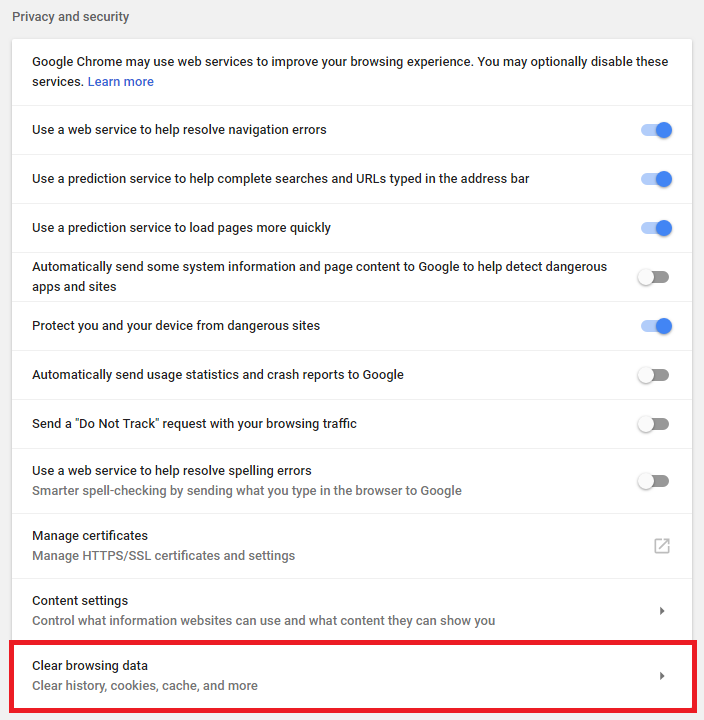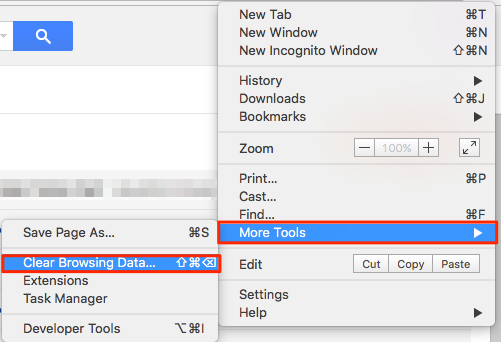- Manual Reload Of Cache In Mac Chrome Extension
- Manual Reload Of Cache In Mac Chrome Browser
- Manual Reload Of Cache In Mac Chrome Os
- Manual Reload Of Cache In Mac Chrome Download
- Manual Reload Of Cache In Mac Chrome Installer

Nowadays, almost every person owns a Smartphone or a personal Computer.
Below are step-by-step instructions for how to clear Chrome cache on a Mac and forcing it to load all the freshest and latest data from a website.
And thus, he must be aware of the computing words like Caches and Cookies.
Every site or system has its hardware or software sections, which stores the data that has been searched by the user.

Press and hold the Ctrl (Windows/Linux) or Cmd (mac) button on the keyboard. Hit on on the browser next to the URL bar. This will completely refresh page chrome and help in loading the new assets and files from the server. To enable clearing of cache and hard reloading in Safari for Mac, press Shift+Command+R button on the Safari Web Inspector. To force clear a single page’s cache, click on Shift+Reload button in the address or search bar. Here is the list of Chrome Driver command line Arguments. If you are using chrome Driver for Selenium WebDriver or Protractor. Then these are a handy useful list of command line arguments that can be used. The brute force solution is to simply empty your browser’s cache. In Safari and Camino, you can use Command-Option-E to quickly empty the cache; in Firefox, choose Tools - Clear Private Data.

This data is known as Cache.
It is just a temporary file created by apps, browsers and many other programs to help your Mac run faster.
Hardware Caches include CPU Cache, GPU Cache and DSPs (Digital Signal Processors), whereas Software Cache includes Disk/System Cache, User Cache and Web Cache.
Caches are used for future use.
They tell us about the things those were worked on earlier.
This helps in getting served with our past work or its duplicate data.
But we also can’t deny the fact that though caches come in small size, yet they sometimes reach up to gigabytes and take up large space and memory of our device.
Caches, be it of any type, needs to be deleted time to time.
Unlike Windows, there is a whole different procedure to delete cache files in Mac.
We’re serving you with some simple ways to remove the unrequired Caches in your device.

Use them and enjoy the freed up space and put photos or songs into your Mac.
Also Read: 5 Best FREE Mac Cleaning Software
How To Clear Cache on Mac?
#1. Deleting the Web Cache (In Safari):
If you’re a Mac user, it is entirely possible that Safari is your default browser.
Surfing the Internet of course ends up giving a lot of cache files, which need or should I say MUST be deleted before it clogs all your space.
The cache files in Safari can be deleted by following these ways:
1. Open Safari on your Mac by finding it from Spotlight Search.

2. Go to Preferences in the Menu Bar.
3. A window with many options like General, Tabs, Security, Passwords etc. will appear. Click on the Privacy tab there.
5. Now click on Remove all Website Data.
6. A window asking you to confirm your choice will appear.
7. Click on Remove Now.
All the website data and cookies of Safari will get deleted.
#2. Deleting the Web Cache (in Chrome):
For the ones who use Google Chrome as the browser on their Macs, the following steps can be used to delete the cache:
1. Open Chrome and click on More Tools at the upper right corner of the screen.
2. A tab with Clear Browsing Data will appear. Click on it.
Manual Reload Of Cache In Mac Chrome Extension
3. All the data will get deleted. You can also use the shortcut key “Command+Shift+Delete” from your keyboard.
#3. Deleting the System and Users Cache:
System Cache is present in the Library folder.
In some devices, Library folder is hidden by default.
You can find it by going to Go in the menu bar and pressing down the Option key on the keyboard.
The procedure mentioned below is required to be followed to delete system cache:
1. Open Finder > Click on Go in the menu bar and then click on Go To Folder. A window will get open.
2. Now, type ~/Library/Caches and hit Enter.
A new window with all the information of the data used will get open up.
You can choose after looking up the dates, sizes, or types of data which you want to delete and which you want to keep.
Deleting all the cache data is never recommended as some things are important and can be needed in near future.
3. Use the keys “Command+Delete” or drag the folder or file to the Trash folder to delete it completely.
Trash folder can be emptied by using Control/Alt key + Clicking on the trash icon.
#4. Deleting System and Web Cache Automatically:
You can also delete all the cache files just with a mere click.
This can be done with a magic tool named CleanMyMac3.
Manual Reload Of Cache In Mac Chrome Browser
This tool makes the process of removing Cache very easy.
You can do it in only 3 steps.
1. Download CleanMyMac3.
Manual Reload Of Cache In Mac Chrome Os
2. Open it and select System Junk from the menu. You’ll see a Scan option at the bottom. Click on that.
3. After the complete scanning, click on Clean.
It will not only delete the Cache but will also clean your whole system.
Read our CleanMyMac3 review article to know about its other helpful features.
By the aforementioned ways, you can effortlessly clear the caches, cookies or any system or web history on Mac.
Manual Reload Of Cache In Mac Chrome Download
You’ll be amazed to see how much space and memory you’ll save on your system.
Share in the comments about your experience of using these tips.
Manual Reload Of Cache In Mac Chrome Installer
Also Read: What To Do If Your Macbook Freezes? – Mac Tips and Tricks
